How to Replace iTunes Dock Icon with Album Art
For the music lovers out there, DockArt takes the “Now Playing” notification concept a step further and actually replaces the iTunes Dock icon on the Mac with the currently playing albums cover art.
Mac OS, Mac OS X, or macOS, is the operating system that resides on Apple’s desktop and portable computer lineup. Built upon a Unix core, it is easy to use yet highly advanced, extremely stable, and an excellent OS for productivity and creation. Browse through our articles or use the search feature to look for something specific that is pertinent to the Mac operating system.
For the music lovers out there, DockArt takes the “Now Playing” notification concept a step further and actually replaces the iTunes Dock icon on the Mac with the currently playing albums cover art.
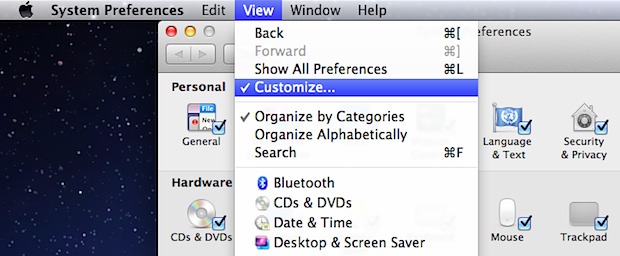
You can hide unwanted System Preferences from appearing in the control panel without actually removing them. This is a helpful distinction for setting up other user accounts or just for hiding System Prefs you never access and no longer need:
Ever set a desktop background picture on the Mac and have no idea where the original wallpaper image is stored in OS X? Maybe you set an image from the web and lost it, or maybe you’ve wondered where that default background image is stored so you can share it with your iOS device or … Read More
Using a defaults write command, the iTunes Dock icon can be set to display a “Now Playing” song and artist pop-up that transitions in and out and music starts. It’s a nice addition, particularly if you’re playing songs from a shared network playlist and have iTunes hidden in the background.

With iCloud and the “Find My iPhone” feature, you can send messages to your remote Apple gear. These come through in the form of a pop-up window in Mac OS X and a notification in iOS 5, and while there’s a variety of uses for this, it’s also a fun way to send a quick … Read More
After you’ve made the transition to iCloud from MobileMe, the option to remove the old and now obsolete MobileMe menu bar icon disappears. It’s easy to get rid of though, as Tony R shows us in this tip he sent in: Hold down the Command key and click and hold on the old MobileMe icon, … Read More
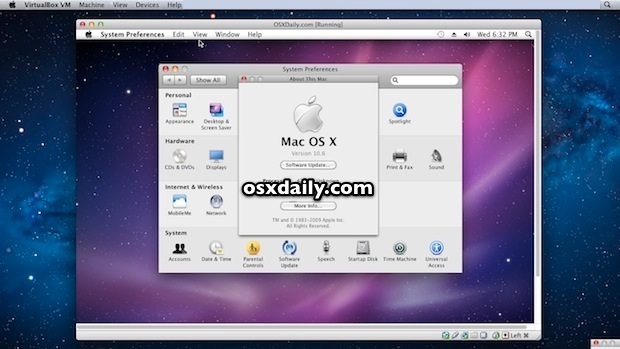
We showed you how to run OS X Lion in a virtual machine on top of Snow Leopard, but it seems everyone wanted to know the opposite of that: how to run Mac OS X 10.6 Snow Leopard in a VM on top of Mac OS X Lion. Follow our instructions and you’ll be up … Read More
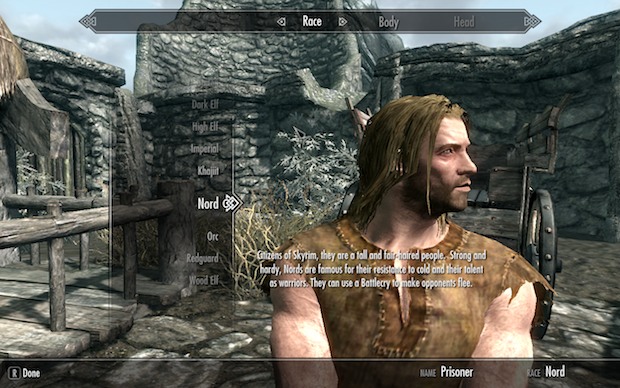
For the truly dedicated, you can now run Elder Scrolls V: Skyrim directly in Mac OS X thanks to the Porting Team’s unofficial Mac port of the freakishly popular game. The game is played either through a Cider wrapper or Wineskin, the latter being easier but the former apparently having better performance, but in both … Read More
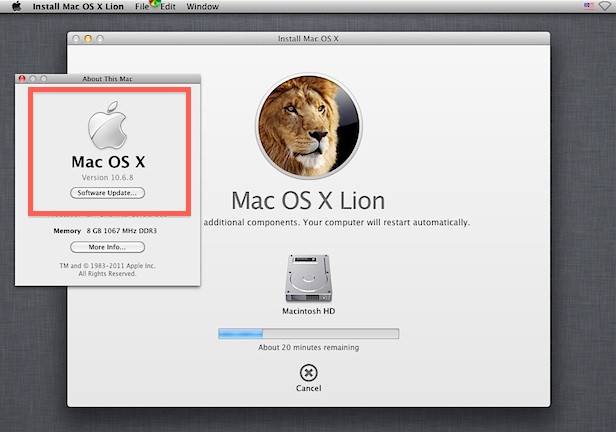
If you don’t want to deal with dual booting between Lion and Snow Leopard, another option is to run Mac OS X Lion in a virtual machine atop an older 10.6 Snow Leopard installation. This is not supposed to work with 10.6 without a quirky configuration, but it does, and it’s easy to do. For … Read More
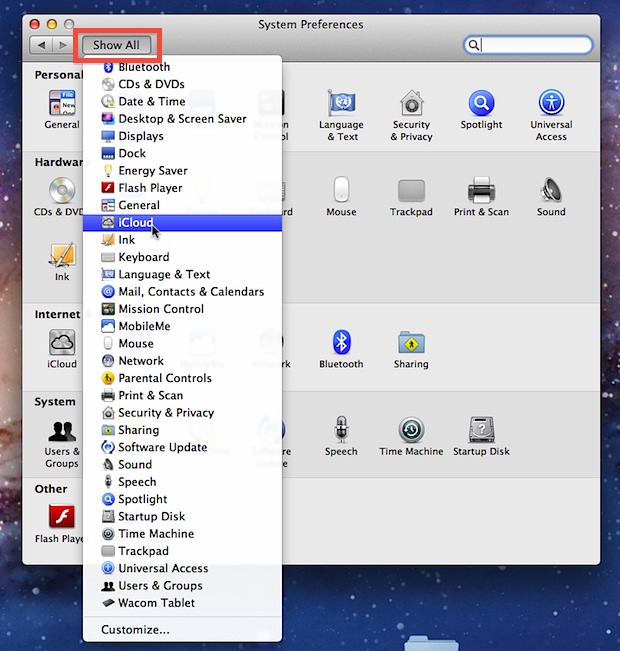
Rather than rearranging all of the System Preferences to be sorted alphabetically, you can access a quick pull-down menu of all the panels that is sorted by name. Try it yourself, access System Preferences from the Apple menu, then click and hold on “Show All” to see the full list of preference panes available sorted by … Read More
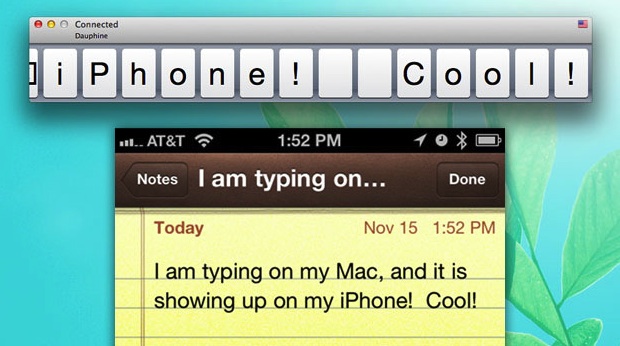
If you don’t have a spare Bluetooth keyboard to connect to an iPad, iPhone, or iPod touch with, why not use a Mac? This seems like a no brainer of an idea, but until the Mac app Type2Phone came along, I haven’t heard of any such solution. The app works by pairing a Mac to … Read More
Apple has seeded the first release of Mac OS X 10.7.3 to developers, the build is 11D16 and focuses on iCloud document storage, in addition to changes to Address Book, iCal, and Mail. The update weighs in at 633MB and is downloadable through the Mac Developer Center to registered devs for both OS X Lion … Read More
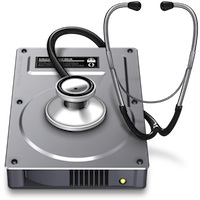
In modern versions of Mac OS X, repairing permissions from the Disk Utility app doesn’t repair the users file permissions, oddly this has to be done separately on a per-user basis. If you’re running into problems with Spotlight not finding documents or folders, or if you’re having other issues that can usually be fixed with … Read More
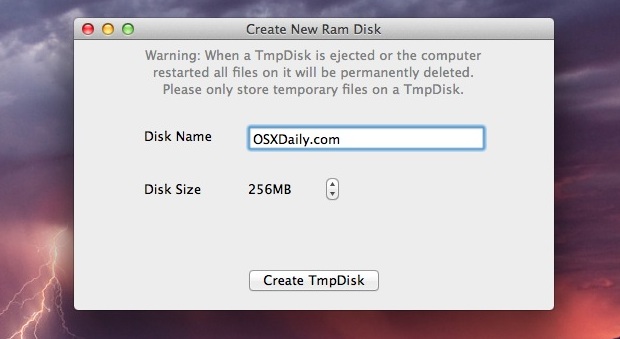
If you want to quickly make a RAM disk for use on your Mac, you could create one manually through the command line, or you can make it even easier by downloading TmpDisk for Mac OS X. The open source application uses a menu bar item to quickly make ram disks from anywhere and of … Read More
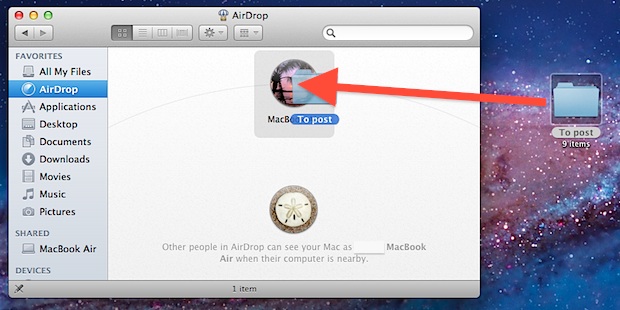
Using AirDrop is the quickest way to transfer files between two Macs, even if they’re not on the same network or if there is no Wi-Fi network available to connect to. This is done by creating an instant Ad-Hoc network between the Macs, and there is practically no configuration required. For those who have never … Read More
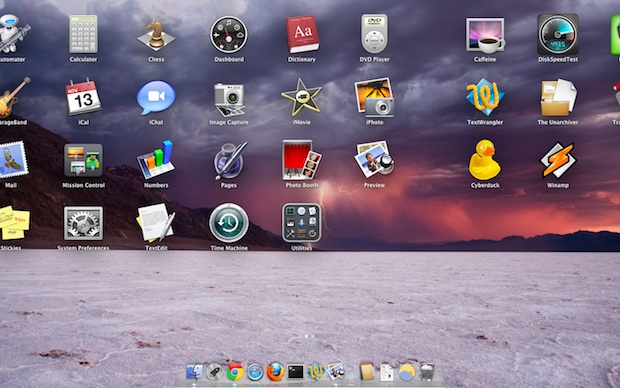
Like most of the other transition effects in Mac OS X, you can hold down the shift key to force the animation to render in slow motion. In the case with Launchpad, this will cause the app icons to slowly rise out of the background, or for the Launchpad screens to very slowly switch between … Read More
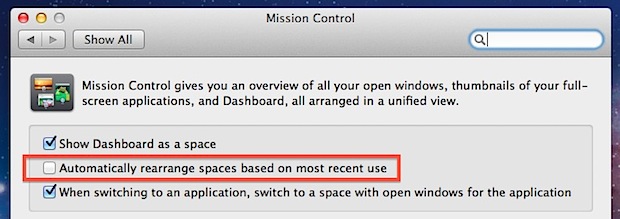
New versions of Mac OS X have an interesting and sometimes unusual change to Mission Control’s behavior, where desktops/spaces will automatically rearrange themselves based on how recently they’ve been used or accessed. If you’ve set your spaces (virtual desktops) to be in a specific order, this is fairly annoying, but it’s also easy to stop … Read More
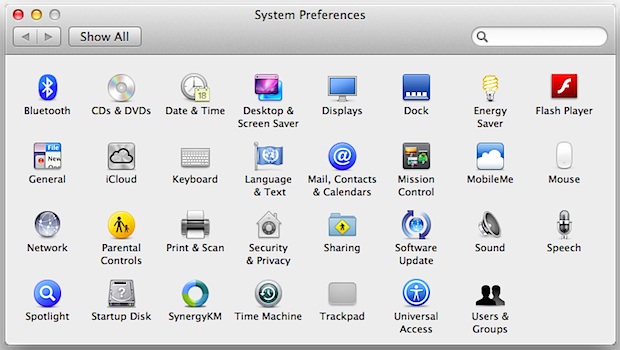
Mac System Preferences are grouped by categories by default, basically into Personal / iCloud, Software, and Hardware. For most of us this is intuitive and easy enough to navigate, but with modern versions of macOS they’ve been condensed down from more category separation, from Personal, Hardware, Internet & Wireless, System, and Other, to just the … Read More